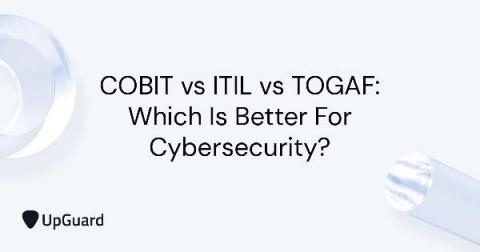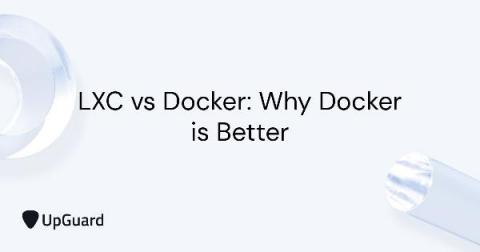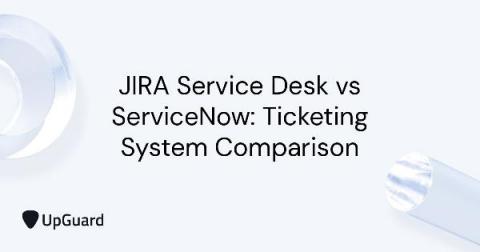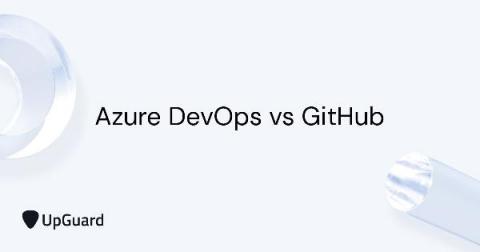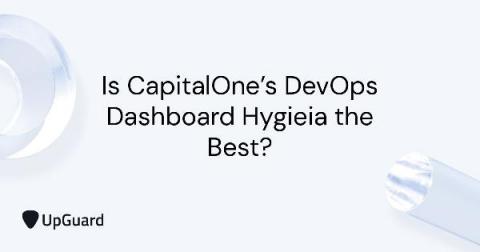COBIT vs ITIL vs TOGAF: Which Is Better For Cybersecurity?
Adding a little bit of structure into one's affairs never hurts, especially when it comes to IT business processes and IT assets. To this end, various frameworks offer blueprints for achieving key organizational objectives like compliance and security. Three of the more popular IT governance frameworks—COBIT, ITIL, and TOGAF—are widely used by enterprises in this regard—let's see how they compare when it comes to bolstering cybersecurity and digital resilience.


